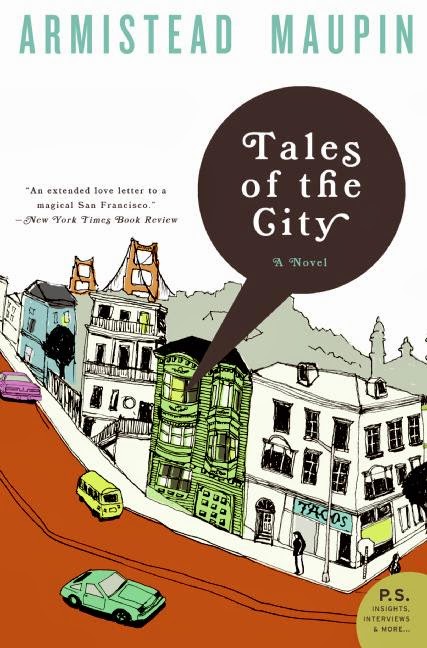 Most people were introduced to Tales of the City through a television mini series that aired in 1993 and which caused a sudden demand for the novels. The novels originally began as a columns in the San Francisco The Pacific Sun in 1974. Maupin’s editor at the time made him keep two lists: the straight and non-straight characters. If the latter became longer than the former, his editor thought it would alienate readers. Little did he know that more than six million people, of all persuasions, would fall in love with all the characters regardless of their sexual orientations.
Most people were introduced to Tales of the City through a television mini series that aired in 1993 and which caused a sudden demand for the novels. The novels originally began as a columns in the San Francisco The Pacific Sun in 1974. Maupin’s editor at the time made him keep two lists: the straight and non-straight characters. If the latter became longer than the former, his editor thought it would alienate readers. Little did he know that more than six million people, of all persuasions, would fall in love with all the characters regardless of their sexual orientations.
 Maupin introduced the world to themes never before seen in literature: the first character to die of AIDS, the first transgender character, happy gay marriages, gay adoptions, etc. Maupin depicts forty years of the new world for gay people and the world around them.
Maupin introduced the world to themes never before seen in literature: the first character to die of AIDS, the first transgender character, happy gay marriages, gay adoptions, etc. Maupin depicts forty years of the new world for gay people and the world around them.
One major theme of the novels is family, especially the one we choose over the one we are born into. The family of these novels encompasses numerous major and minor characters. Remember when the time period that the novels started, 1974, the era of hippies, drugs, free love. and the beginnings of the fight for gay rights.
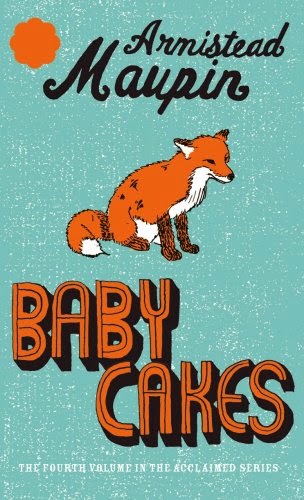 The central character, Mary Anne Singleton, reminds me a bit of the role Mary Tyler Moore’s played in her television show,: a plucky mid-western girl in the big city for the first time. The matriarchal character who keeps all the others together is Anna Madrigal. There is a shocking secret about her life that I will not spoil for anyone. All the main characters reside in her divided up house at 28 Barbary Lane in the city Russian Hills in San Francisco.
The central character, Mary Anne Singleton, reminds me a bit of the role Mary Tyler Moore’s played in her television show,: a plucky mid-western girl in the big city for the first time. The matriarchal character who keeps all the others together is Anna Madrigal. There is a shocking secret about her life that I will not spoil for anyone. All the main characters reside in her divided up house at 28 Barbary Lane in the city Russian Hills in San Francisco.
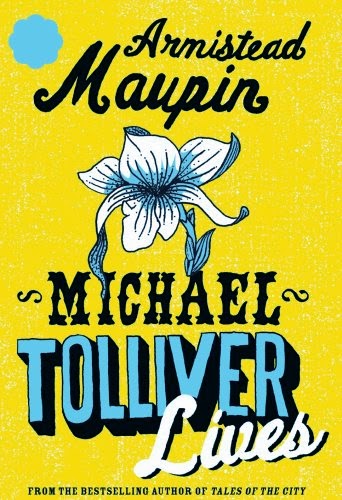 Michael Tolliver is the central gay character, a romantic looking for love and marriage. He longs to reach the “furniture-buying stage” in relationship, but he is looking in all the “schlong” places: bathhouses, bars, etc. The minor characters are just as interesting as the major ones: a white model posing as black, an heiress who gets pregnant by the delivery boy while her husband is in the steam room, drag queens, cult members, men dressed as nuns. I can understand why Maupin would need a list of characters to keep the story straight (no pun intended).
Michael Tolliver is the central gay character, a romantic looking for love and marriage. He longs to reach the “furniture-buying stage” in relationship, but he is looking in all the “schlong” places: bathhouses, bars, etc. The minor characters are just as interesting as the major ones: a white model posing as black, an heiress who gets pregnant by the delivery boy while her husband is in the steam room, drag queens, cult members, men dressed as nuns. I can understand why Maupin would need a list of characters to keep the story straight (no pun intended).
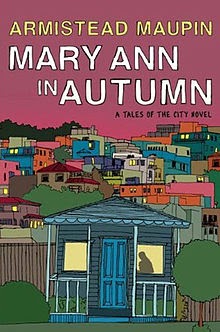 The series follow the characters through ups and downs, from the free love 70’s, the horrors of the AIDS epidemic, Reaganism, post Stonewall gay rights, generation gaps, sandwich generations, San Francisco turning into a dot com boom, etc. Maupin manages to keep up with current topics for each of the eras in the novels.
The series follow the characters through ups and downs, from the free love 70’s, the horrors of the AIDS epidemic, Reaganism, post Stonewall gay rights, generation gaps, sandwich generations, San Francisco turning into a dot com boom, etc. Maupin manages to keep up with current topics for each of the eras in the novels.
The novels in the series are:
Tales of the City;
More Tales of the City;
Further Tales of the City;
Baby Cakes;
Significant Others;
Sure of You;
Michael Tolliver Lives;
Mary Anne in Autumn;
The Days of Anna Madrigal;
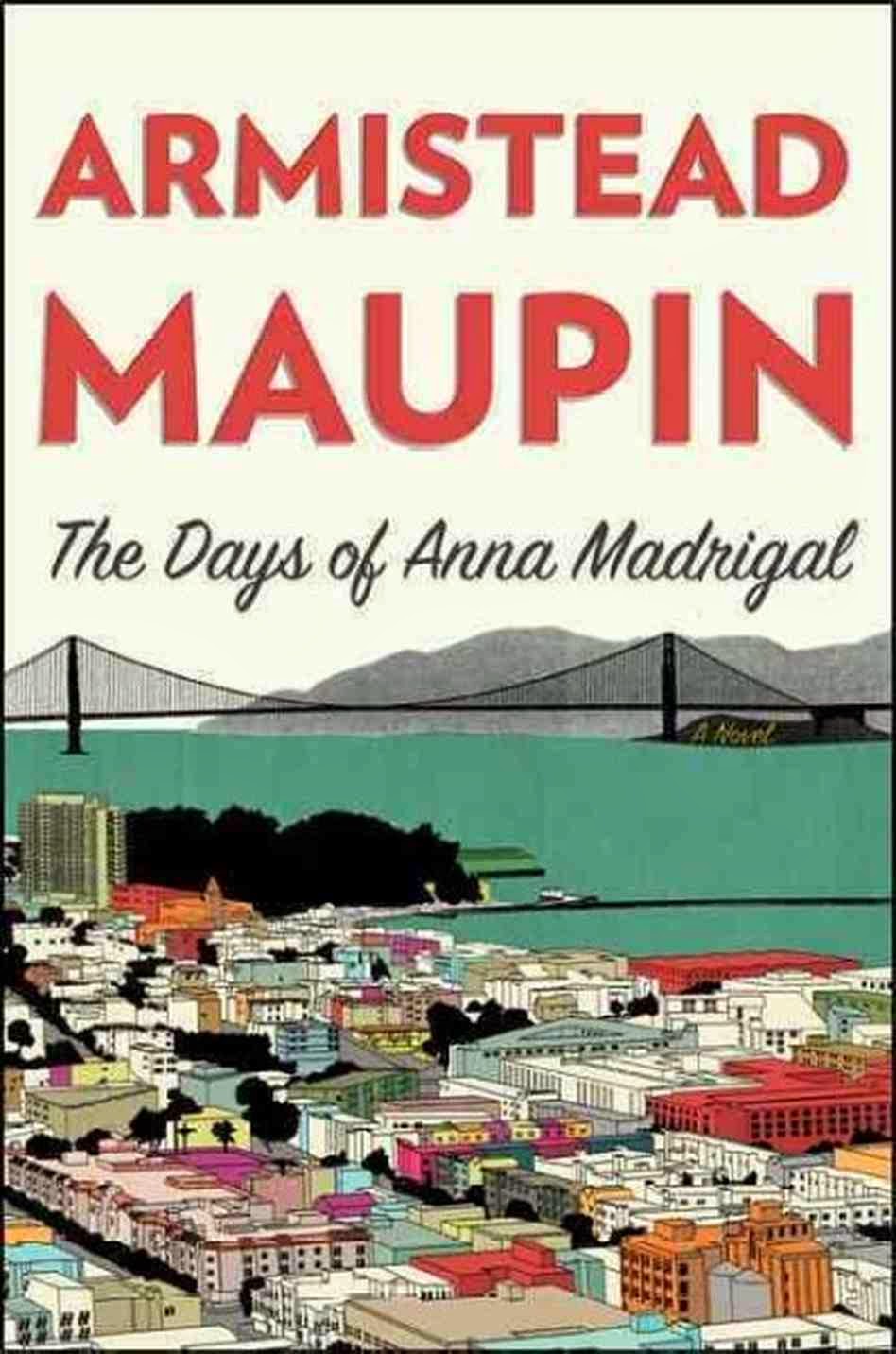 I won’t go into each of these novels, but I will make a statement about the last one. I love how it goes into the back story of Anna’s life, showing her progress from the 1930’s child to the 92 year old matriarch. I felt Maupin expertly tied the end of his saga in a pretty butterfly ribbon.
I won’t go into each of these novels, but I will make a statement about the last one. I love how it goes into the back story of Anna’s life, showing her progress from the 1930’s child to the 92 year old matriarch. I felt Maupin expertly tied the end of his saga in a pretty butterfly ribbon.
 |
| Armistead Maupin |
If there is one central theme tying together each of the nine books – it is “Get out there, live your life and live it openly.”
So dear Reader, go live your life with Pride – just as the residents of 28 Barbary Lane did.


